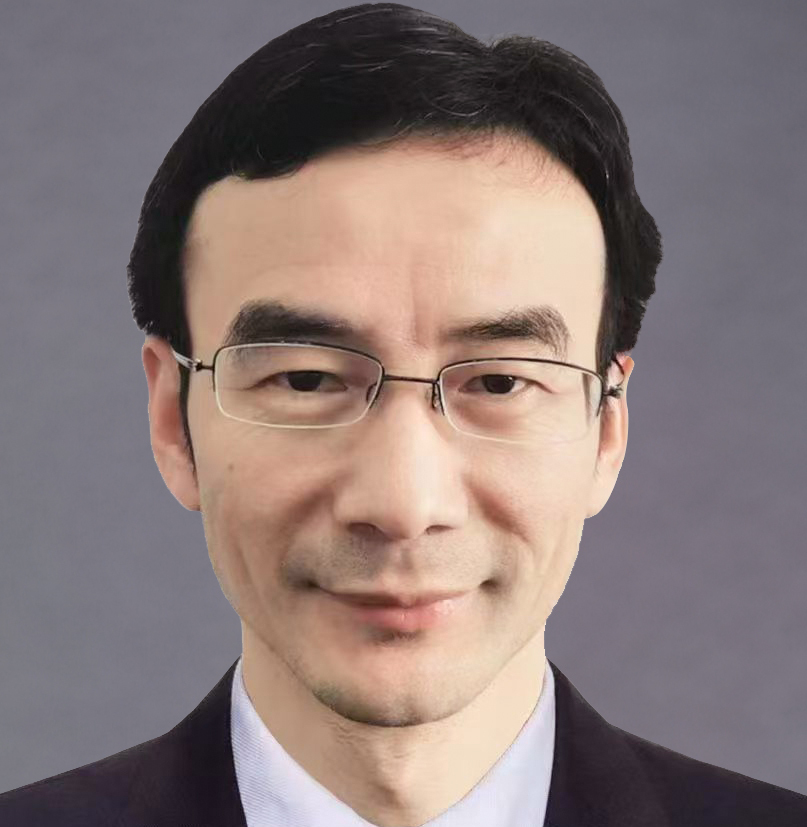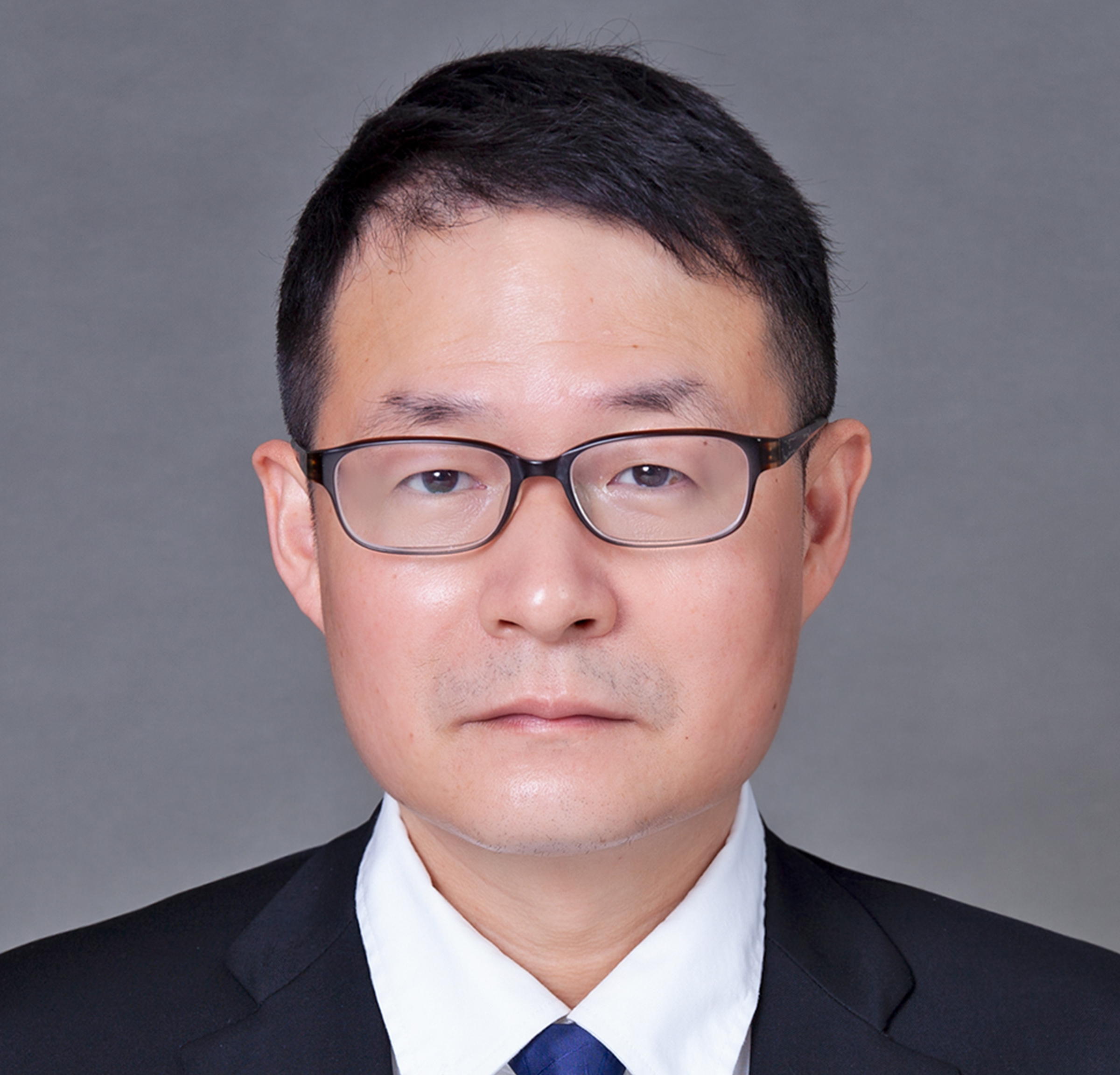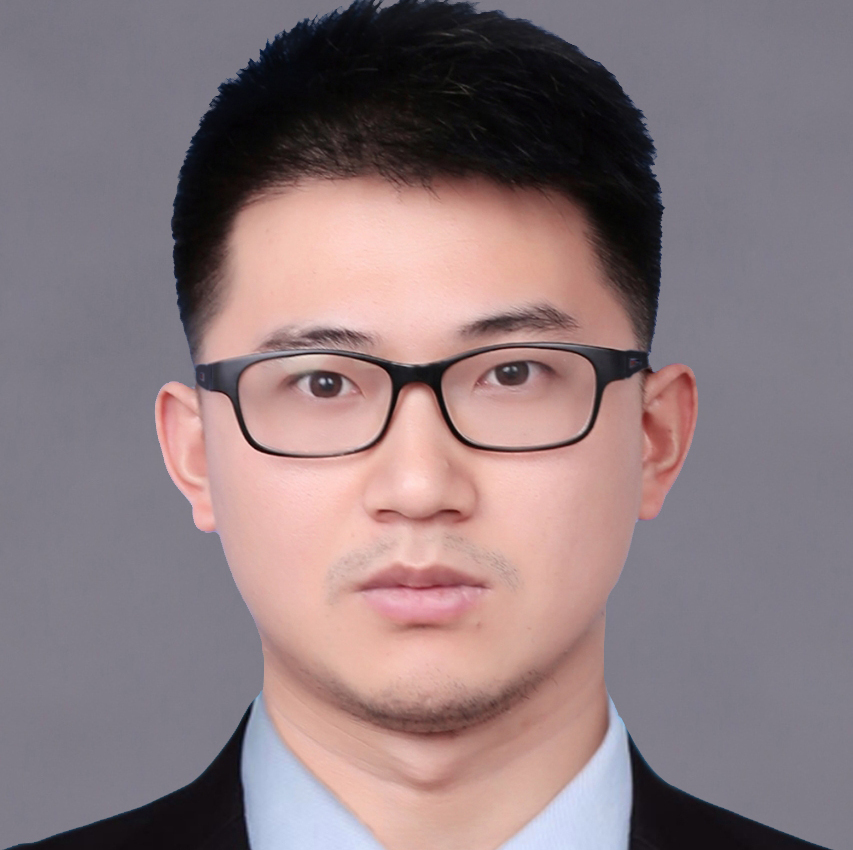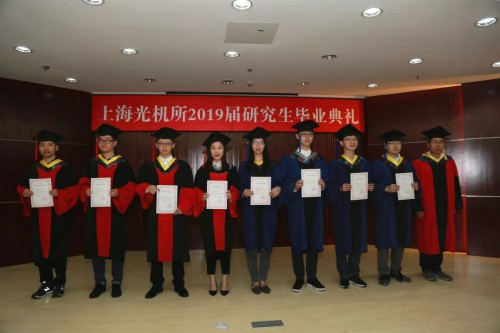报告题目:Quantum and Classical entanglement
报告时间:8月13日(周二)上午9:30
报告地点:1号楼108会议室
报告人:中科院国际杰出学者 Prof. Bahaa E. A. Saleh (University of Central Florida)
报告摘要:
Since the inception of classical optical coherence theory, the random nature of light has been described by a hierarchy of coherence functions, which represent the statistical correlations of the electromagnetic field components in the various degrees of freedom (DoF) ? time, space, and polarization. If one of two coupled DoFs are observed, with the other DoF ignored, this dimensional reduction may itself introduce additional uncertainty. No measures exist for delineating the uncertainty acquired by insensitivity to a DoF from the intrinsic uncertainty in the entire field, which is described by measures such as entropy. Tools from quantum information science, which were developed extensively over the past few decades, provide measures for such delineation, and thus advance classical optical coherence. In this talk, I will consider two binary DoFs: the polarization state of an optical beam in two spatial modes. When these DoFs are coupled, the state is analogous to the bipartite binary quantum state, e.g., the two-photon polarization state, which is described by two entangled qubits. Bell's measure, which is commonly used in tests of quantum non-locality, may be used in this classical paradigm to delineate the intrinsic uncertainty from the entanglement-based uncertainty introduced when one DoF is observed with the other ignored. The measured degrees of partial coherence and partial polarization, together with the Bell measure define new invariants describing the multi-DoF field. Bell inequality violation, which rules out a hidden variable theory in the quantum paradigm, indicates the impossibility of decomposing the beam as a sum of elementary beams each with uncoupled polarization and spatial DoF, in the classical paradigm.
报告人简介:
Bahaa E. A. Saleh has been Dean of CREOL, The College of Optics and Photonics at the University of Central Florida, since January 2009. He was a faculty member in the Department of Electrical and Computer Engineering (ECE) at Boston University in 1994-2008, and he served as Chair of that Department in 1994-2007. He also served as Deputy Director of the Gordon Center for Subsurface Sensing and Imaging Systems, an NSF Engineering Research Center in 2000-2008.
He received the B.S. degree from Cairo University in 1966 and the Ph.D. degree from the Johns Hopkins University in 1971, both in electrical engineering. He held faculty and research positions at the University of Santa Catarina in Brazil, Kuwait University, Max Planck Institute in Germany, the University of California-Berkeley, the European Molecular Biology Laboratory, Columbia University, University of Vienna, and the University of Wisconsin-Madison where he was a faculty member from 1977 to 1994 and served as Chair of the Department of Electrical and Computer Engineering from 1990 to 1994.
His research contributions cover a broad spectrum of topics in optics and photonics including statistical and quantum optics, optical communication and signal processing, nonlinear optics, photodetectors, image processing, and vision. He is the author of three books, Photoelectron Statistics (Springer-Verlag, 1978), Fundamentals of Photonics (Wiley-InterScience, 1991, 2nd edition, 2007, with M. C. Teich), and Introduction to Subsurface Imaging (Cambridge, 2011), as well as more than 600 papers in technical journals and conference proceedings. He is the founding editor of the Optical Society (OSA) Advances in Optics and Photonics. He served as editor-in-chief of the Journal of the Optical Society of America A from 1991 to 1997, and Chairman of the Board of Editors of the Optical Society of America from 1997 to 2001. He also served as Vice President of the International Commission of Optics (ICO) from 2000 to 2002. Saleh is Fellow of the Institute of Electrical and Electronics Engineers (IEEE), the Optical Society of America, and the Guggenheim Foundation. He is the recipient of the 1999 OSA Esther Hoffman Beller Award for outstanding contributions to optical science and engineering education, the 2004 SPIE BACUS award for his contribution to photomask technology, the 2006 Kuwait Prize for his contributions to optical science, the 2008 OSA Distinguished Service Award, and the 2013 C. E. K. Mees Medal for lifelong multidisciplinary contributions to statistical optics, quantum optics and image science. He is a member of Phi Beta Kappa, Sigma Xi, and Tau Beta Pi.


































































